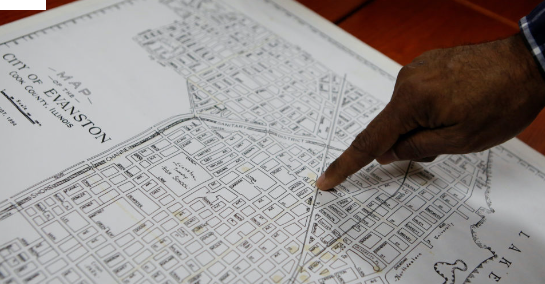In the 1930s, the U.S. government introduced the practice of redlining — categorizing neighborhoods based on the ethnic and racial backgrounds of the people who lived there, with areas primarily occupied by people of color identified as high-risk for mortgage lenders. The policy led to further housing segregation and decades of disinvestment in health care, schools, and other basic services and infrastructure, taking a disproportionate toll on Black communities.
While redlining was officially discontinued in the 1940s, its legacy continues to harm marginalized people today, according to a new study published Tuesday in JAMA Network Open.
Among veterans living with cardiovascular disease, those who lived in historically redlined neighborhoods (rated “D”) had a 13% higher risk of dying from any cause and a 14% higher risk of experiencing a major adverse cardiovascular event compared to those who lived in historically white, wealthy areas, according to the study. It’s the first major national survey to look at the link between redlining and comprehensive cardiovascular risk, offering the latest evidence of how historical structural racism can affect health for generations.













